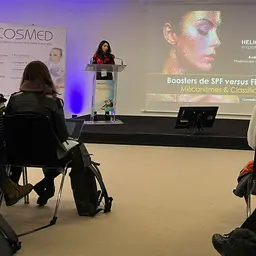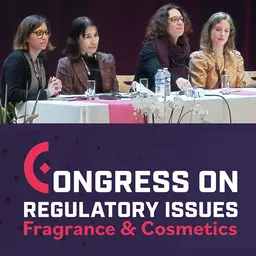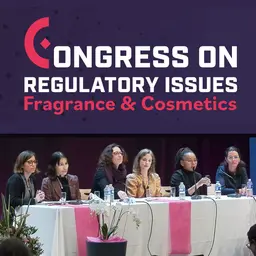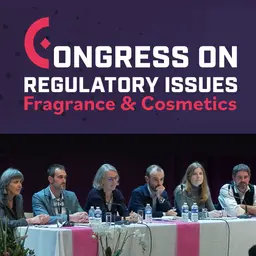
Where and how do consumers buy their cosmetics? How do they go to and fro between physical stores and online networks? What changes should distribution players consider to make them more loyal? Their feelings and desires were collected and analyzed in a Kantar study presented at the conference and meetings morning organized by the FEBEA (French Federation of Beauty Companies) about the transformation process of selective distribution.
In the cosmetics industry, the selective distribution of hygiene, skincare, and beauty products involves various channels like pharmacies, department stores, perfume stores, brands’ online stores, and e-commerce. On October 18, 2016, the FEBEA gathered experts and players in this field to provide information and discuss both the transformation process going on in this field and its prospects for the future.
Sandrine Cayeux and Anaïs Dupuy, Study Managers at Kantar, presented the results of their study on consumers and cosmetics distribution.
Method
Kantar’s Worldpanel Beauty is composed of 35,000 people representative of the French population over 15 (men and women), who keep declaring all their hygiene and beauty product purchases, whatever the distribution channel.
Several of these, all related to selective distribution, were taken into account for this study:
• Pharmacies: pharmacies, parapharmacies, parapharmacy corners in ‘traditional’ shops
• Perfume stores and department stores: physical perfume stores (like Sephora, Marionnaud, Nocibé…) and department stores (Galeries Lafayette, Printemps…)
• ‘Online specialists’: websites of physical perfume stores and direct selling players (Yves Rocher, Kiko…)
In terms of product categories taken into account, the study covers:
• Makeup (eyes, complexion, nails, lips)
• ‘Alcohol’ (
eau de Cologne, eau de toilette
, perfume)
• …













